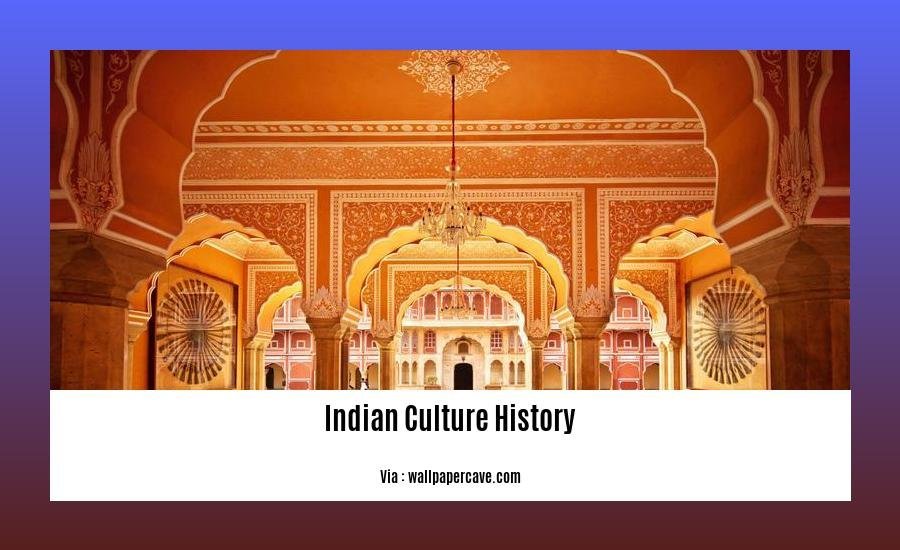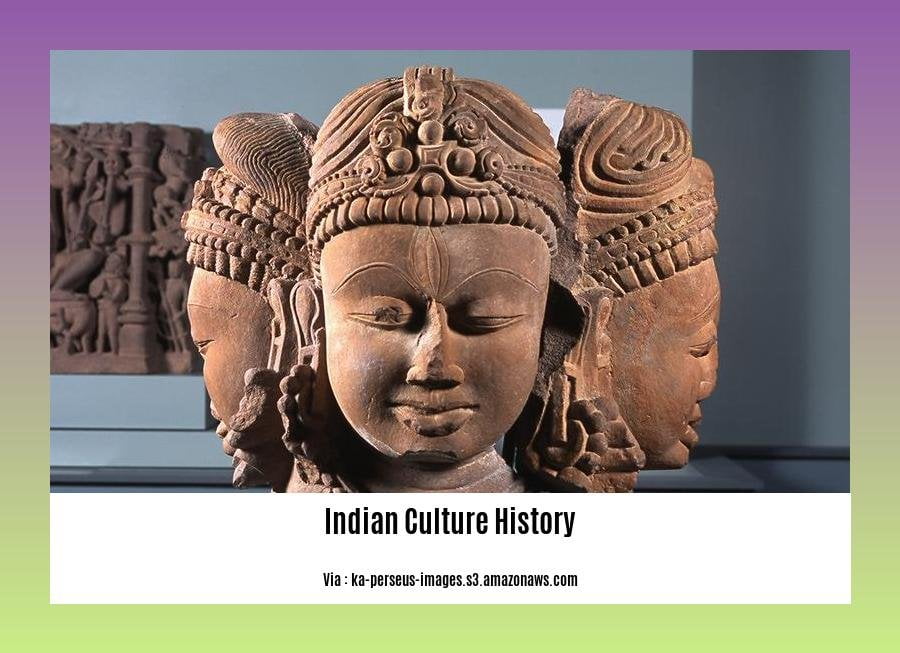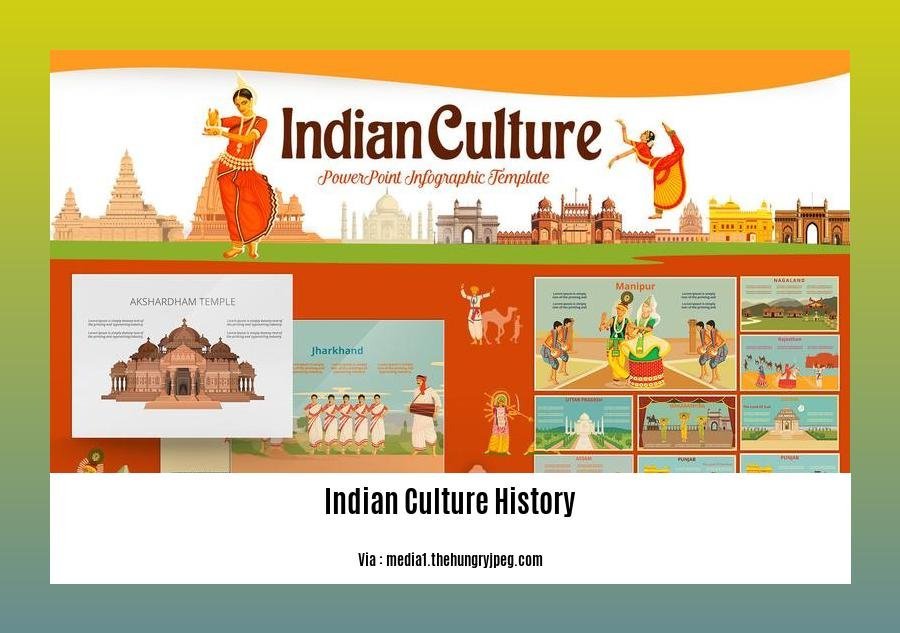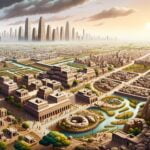Embark on a journey through the timeless tapestry of Indian culture and history in “Indian Culture and History: Exploring the Timeless Legacy.” This compelling article delves into the rich heritage of the Indian subcontinent, unraveling its ancient civilizations, philosophical traditions, and enduring artistic legacy. Prepare to be captivated as we explore the profound impact of Indian culture on the world stage and uncover the secrets of its remarkable survival across millennia.
Key Takeaways:
- India’s culture is diverse, reflecting influences from various regions and civilizations.
- Religion plays a significant role in shaping Indian society and culture.
- Indian art, music, and literature have a long and rich history.
- India has a vast and complex history, with major empires and civilizations emerging over time.
- The country has contributed significantly to philosophy, science, and mathematics.
Indian Culture History

Ancient Roots
The seeds of Indian culture history were sown in the Indus Valley Civilization, which flourished between 2600-1900 BCE. This advanced civilization developed cities, a writing system, and religious beliefs that would heavily influence later Indian culture.
Vedic Period
Between 1500-500 BCE, the Vedas were composed. These sacred texts laid the foundation for Hinduism, one of the world’s oldest religions. Vedic beliefs in reincarnation, karma, and the divine nature of nature shaped Indian culture for centuries to come.
Medieval Era
From the 3rd century BCE onwards, powerful empires emerged in India, including the Mauryas, Guptas, and Mughals. These empires patronized the arts, architecture, and cultural practices, leaving a lasting legacy on Indian culture history.
Traditions and Arts
Caste System:
Indian society has traditionally been divided into castes, a social stratification based on birthright. This system has influenced social norms, marriage customs, and economic opportunities.
Family and Kinship:
Family and extended kinship networks play a significant role in Indian culture. Traditional values emphasize respect for elders, arranged marriages, and strong family bonds.
Indian Arts:
Indian art is known for its vibrancy and diversity. Classical dance forms, intricate paintings, and ornate sculptures reflect the cultural heritage of the subcontinent.
Religion and Philosophy
Hinduism:
Hinduism is a polytheistic religion that believes in reincarnation, karma, and the sacredness of life. Its beliefs and practices have permeated every aspect of Indian culture, from festivals and rituals to art and literature.
Buddhism:
Founded by Gautama Buddha, Buddhism emphasizes compassion, mindfulness, and non-violence. It has had a profound impact on Indian culture, inspiring ethical values, meditation practices, and artistic traditions.
Jainism:
Jainism is an ancient religion that promotes non-violence, austerity, and spiritual purification. Its teachings have influenced Indian philosophy, ethics, and dietary practices.
To explore the rich tapestry of India’s past, delve into the history of India and discover the nation’s captivating journey through time. Unravel the chronology of significant events that shaped India’s destiny through the Indian history timeline. Travel back to the enigmatic era of ancient India’s history and witness the birth of civilization, the rise of great empires, and the flourishing of art and culture.
Medieval Era: Rise of Empires and Cultural Flourishing

Medieval India: A Tapestry of Empires and Cultural Brilliance
From the 6th to the 16th centuries, India witnessed the Medieval Era: Rise of Empires and Cultural Flourishing. This period saw the rise and fall of powerful empires, each leaving an indelible mark on the Indian cultural landscape.
Flourishing Arts and Architecture
The medieval period marked a golden age for Indian art and architecture. The patronage of emperors and wealthy nobles led to the creation of magnificent temples, mosques, and palaces adorned with intricate carvings, sculptures, and paintings.
Rise of Regional Languages and Literature
This era saw a proliferation of regional languages and literature. Sanskrit, the language of classical Indian literature, continued to be used by scholars, while regional languages like Hindi, Tamil, and Bengali emerged as literary powerhouses.
Spread of Religious Traditions
The medieval period witnessed the spread of Hinduism, Buddhism, and Jainism throughout India. These religions influenced social norms, customs, and art forms, leaving a lasting impact on Indian society.
Trade and Commerce
India’s central location and vast coastline facilitated active trade with regions across Asia and Europe. This led to the exchange of ideas, goods, and technologies, further enriching Indian culture.
Key Takeaways:
- The medieval era was marked by the rise and fall of powerful empires.
- This period witnessed a flourishing of Indian art, architecture, and literature.
- Regional languages and religions gained prominence during this era.
- Trade and commerce played a vital role in shaping medieval Indian culture.
Further Reading:
Caste System and Social Stratification
Caste is a multifaceted topic that has influenced the social landscape of India for centuries. Its origins lie in the ancient Varna system, where individuals were categorized based on their perceived roles and duties in society. Over time, this system evolved into a more rigid Caste System and Social Stratification, shaping various aspects of Indian life.
Key Takeaways:
- Caste refers to hereditary social groups characterized by endogamy, social hierarchy, and occupational specialization.
- The Varna system, consisting of four broad categories, is the foundation of the Caste System.
- Jati, or sub-castes, further divide society into specific occupational groups.
- The Caste System has led to social stratification and inequality, with lower castes facing significant discrimination and economic disadvantages.
- Efforts have been made through affirmative action policies and legal provisions to address caste-based discrimination.
The complexities of the Caste System extend beyond its initial religious and occupational roles. It permeates all aspects of society, influencing marriage, social interactions, and even access to resources and opportunities. Understanding its historical origins and continuing impact is crucial to comprehending the socio-economic dynamics of India.
Arts, Crafts, and the Cultural Tapestry of India
Explore the vibrant mosaic of Indian culture through its captivating arts, crafts, and timeless traditions.
The Fabric of Indian Art
India’s artistic legacy spans millennia, reflecting the country’s diverse history and beliefs. From the intricate carvings of ancient temples to the vibrant paintings of Mughal courts, Indian art showcases the skilled hands of artisans and the profound imagination of its creators.
Traditional Crafts: A Tapestry of Skills
Embroidery, pottery, weaving, and music are just a glimpse of the many traditional crafts that thrive in India. Each region has its own unique styles and techniques, passed down through generations. These crafts preserve cultural heritage, provide a livelihood for artisans, and add beauty to everyday life.
Religion and the Arts
Religion has profoundly influenced Indian arts and crafts, with deities, symbols, and sacred stories inspiring countless works. Temple architecture, religious sculptures, and devotional paintings are testaments to the depth of spirituality embedded in India’s artistic traditions.
Cultural Tapestry: Weaving Together Diversity
India’s cultural tapestry is woven from the threads of its diverse ethnic groups, linguistic traditions, and regional customs. Each community contributes its own unique elements to the country’s vibrant cultural fabric, resulting in a rich and inclusive heritage.
Key Takeaways:
- Indian art spans millennia and reflects the country’s diverse history and beliefs.
- Traditional crafts preserve cultural heritage and provide a livelihood for artisans.
- Religion has profoundly shaped Indian arts and crafts, inspiring countless works of art.
- India’s cultural tapestry is woven from the threads of its diverse ethnic groups and linguistic traditions.
- The arts, crafts, and cultural traditions of India are a testament to the country’s rich and enduring legacy.
Most Relevant URL Source:
Citation:
Cultural India. (n.d.). Cultural India.
FAQ
Q1: What are some unique aspects of Indian arts and crafts?
A1: Indian arts and crafts are characterized by their vibrant colors, intricate designs, and the use of traditional techniques passed down through generations. These crafts encompass a wide range of forms, including embroidery, pottery, weaving, and painting, each showcasing the rich cultural heritage of India.
Q2: How has religion shaped Indian culture?
A2: Religion plays a central role in shaping Indian culture, with Hinduism being the most widely practiced. Religious beliefs and practices permeate various aspects of daily life, including festivals, rituals, and social customs. Religion has also significantly influenced Indian art, architecture, music, and literature.
Q3: What are the key elements of Indian cuisine?
A3: Indian cuisine is renowned for its diversity and flavors. It is characterized by the use of aromatic spices, fresh ingredients, and traditional cooking techniques. Indian dishes vary widely across different regions, reflecting the country’s cultural and geographic diversity.
Q4: What is the significance of music and dance in Indian culture?
A4: Music and dance are integral parts of Indian culture, holding great social and religious significance. Traditional Indian music encompasses various genres, including classical, folk, and devotional music, while Indian dance forms showcase the country’s rich cultural heritage and artistic diversity.
Q5: How has Indian clothing evolved over time?
A5: Indian clothing has undergone significant evolution over centuries, influenced by regional, religious, and historical factors. Traditional garments like the sari, dhoti, and salwar kameez continue to hold cultural significance, while modern fashion trends have also made their mark on Indian attire.
- China II Review: Delicious Food & Speedy Service - April 17, 2025
- Understand Virginia’s Flag: History & Debate - April 17, 2025
- Explore Long Island’s Map: Unique Regions & Insights - April 17, 2025
















